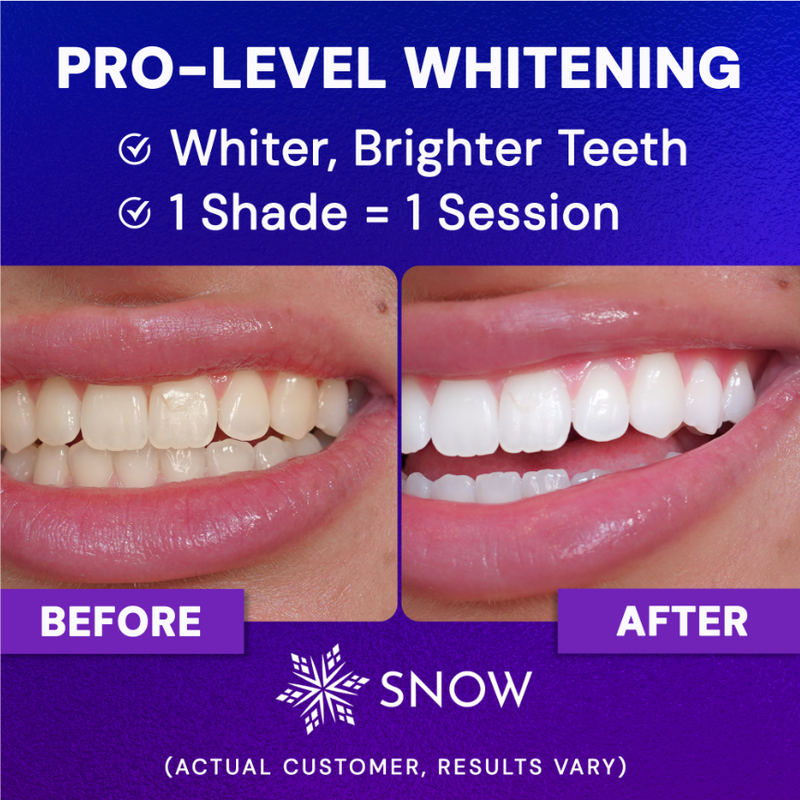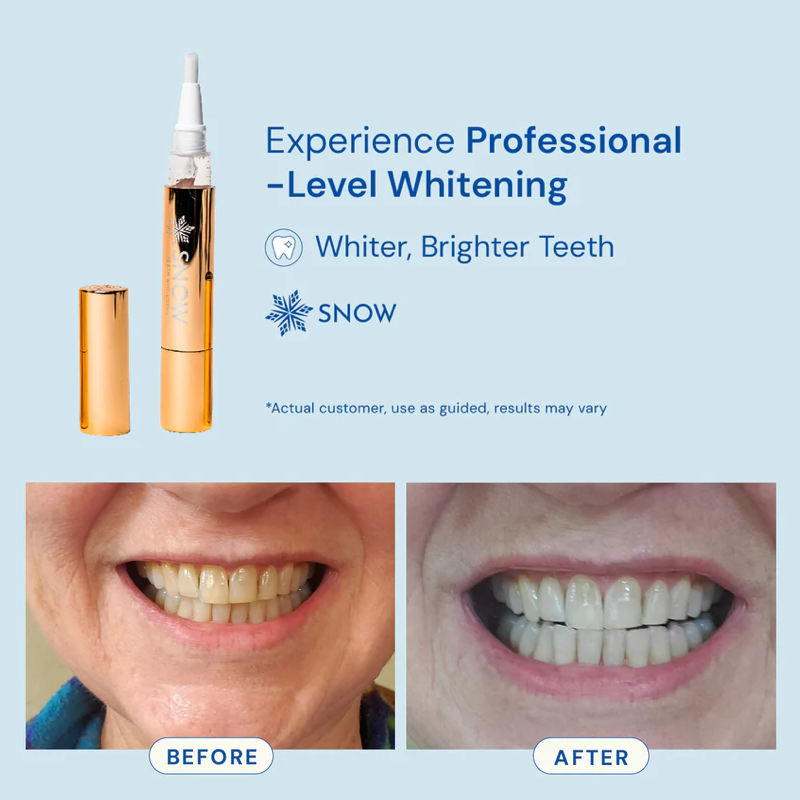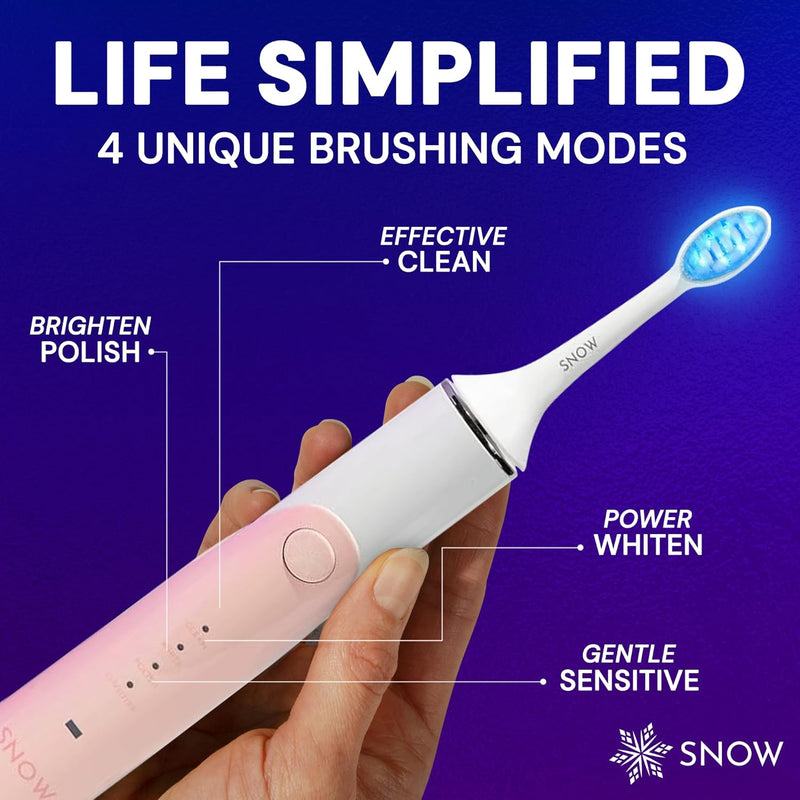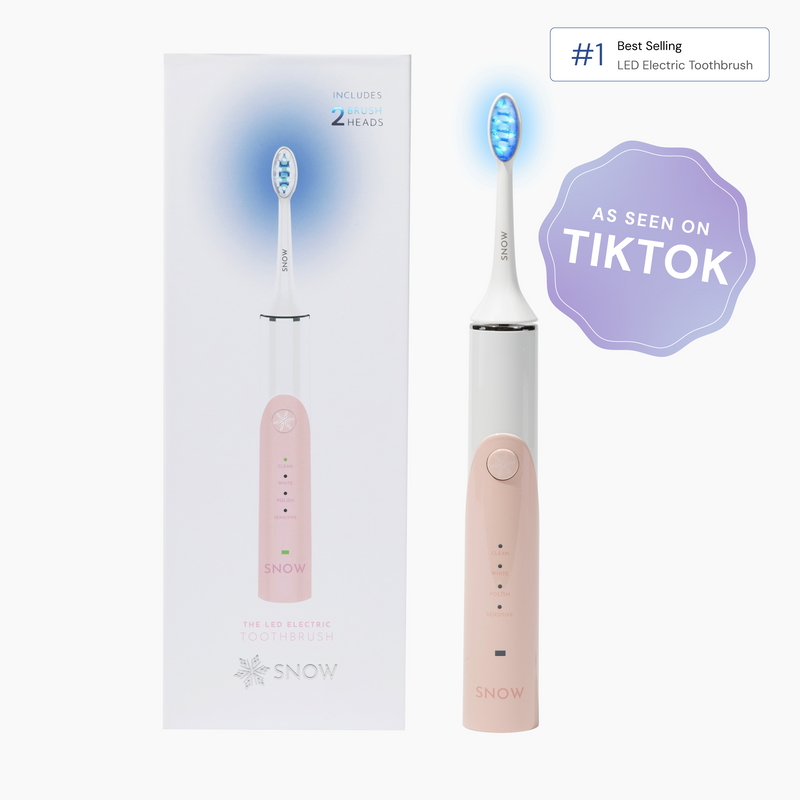The cost of Invisalign in 2023 starts at roughly $3000. This cost, however, can be as high as almost $10,000. A modest Invisalign treatment (with minimal tooth movement requiring a few months of Invisalign treatment) costs around $2,750, while a more comprehensive case involving the majority of teeth costs between $3-5,000.
Invisalign treatment might take from three months to a year or more, depending on the severity of your bite alignment and crooked tooth condition. In general, the cost of Invisalign is similar to that of wire braces. Payment plans range from $99 to $250 per month and higher with many dental insurance plans.

WHAT IS INVISALIGN TREATMENT?
Invisalign is a type of orthodontic treatment that uses transparent aligners to fix tooth alignment.
Because it is practically undetectable and removable, it is a popular and highly sought-after therapy.
Invisalign is a popular orthodontic treatment that is commonly utilized in the dentistry profession to treat common orthodontic issues such as:
- Crooked teeth
- Spaces
- Bite alignment
- Cross bites
- Overbites
- Orthodontics in transition (early intervention for mixed dentition)
In orthodontics, a significant malocclusion may need the use of conventional braces to correctly align the teeth and jaw and enhance your overall dental health.
How Much Does Invisalign Cost Without Insurance?
The cost of Invisalign without insurance will vary according to the type of treatment you undergo. There are several options, including:
- Full Invisalign: $3,500-$9,500
- Express ten: $2,500 to $5,000
- Express 5: $1,500 to $3,000
- Teens: $3,000–$6,500
While these are the typical expenses, depending on the degree of your need and the sort of therapy you want, your total treatment might cost up to $10,000 or more.
HOW LONG DOES INVISALIGN TREATMENT TAKE?
The length of treatment is chosen by an Invisalign specialist based on the severity of your jaw alignment. However, for adults, the average instance takes 12 to 18 months.
Another issue is how long it takes to start seeing benefits. For the vast majority of individuals, it is not long at all. Most patients will experience results with Invisalign treatment in two to three months, and some people will notice results in three to four months.
HOW DO MOST DENTAL INSURANCE PLANS WORK?
It's normal for people to assume that orthodontic work is covered by most dental insurance companies, but this isn't always the case. Some dental insurance policies include orthodontic treatments, while others do not. Not even all plans with orthodontic benefits cover Invisalign.
You may obtain dental insurance through your job or on your own. Once you obtain insurance, you can utilize it for any therapies it covers. However, many plans have a waiting period for any major expense beyond regular checkups and cleaning.
Orthodontic benefits may cover a portion of your orthodontic costs, only pay for traditional braces or the dental insurance plan covers a limited amount or lifetime maximum.
INVISALIGN THERAPY IS COVERED BY MANY DENTAL INSURANCE PLANS
Almost every dental insurance company offers some type of orthodontic benefits with certain plans, many insurance cover Invisalign with orthodontic costs plans. If you or your employer uses Delta Dental, MetLife, Aetna, USAA dental, Blue Cross Blue Shield, Cigna, Guardian, United Concordia, UnitedHealthcare, or Humana insurance plans, there will likely be a plan option that offers orthodontic benefits. Just make sure you're aware of any age limits, lifetime maximum, and other restrictions.
WHAT IS NORMALLY COVERED BY DENTAL INSURANCE?
Many dental insurance covers Invisalign treatment in the same manner as traditional braces when there is orthodontic coverage. Your insurance may cover a part of the cost of your Invisalign treatment, or it may cover the entire cost. There is sometimes a lifetime restriction on the amount of money that insurance will cover for orthodontic treatment.
HOW CAN I FIND OUT WHETHER MY INSURANCE COVERS INVISALIGN TREATMENT?
Inquire with your company's benefits manager, phone your insurance provider's customer service line, or browse through your benefits package for "orthodontic treatment." Orthodontic treatment is occasionally covered by health insurance rather than dental insurance, or by orthodontic coverage purchased separately. Occasionally you can even combine health and dental insurance plans to cover more of your costs.
In addition, if you have a health savings account or flexible savings account, you can use that to cover Invisalign costs not covered by insurance.
HOW CAN I FIND OUT WHETHER MY DOCTOR TAKES MY INSURANCE?
When scheduling your consultation, inquire about which insurance options your doctor takes. Your doctor's office can also contact your insurance company to verify your coverage.
WHICH INSURANCE PLANS COVER INVISALIGN IN 2023?
Here is some general information on what policies cover Invisalign treatment as of the time this post is being written. It is important to call your provider first before using this post as a definitive source as policies can change at any moment.
Humana
Humana provides a wide choice of dental plans that include orthodontic care. Adult and child orthodontic care will be discounted under several Humana dental insurance policies. Humana breaks down the procedure and cost of getting Invisalign as follows:
- 6 months of at-home therapy with no appointments
- Typical in-home treatment cost: $2,000 in most cases.
- Treatment time in the office: 12-20 months, with sessions every 8-12 weeks.
- Typical in-office costs: $3,500-$8,500
Some of their plans also have no waiting periods, so your coverage might begin right away.
Aetna
Aetna has plans that include Invisalign orthodontic coverage. The majority of dental insurance policies will cover the following:
-
One cycle of orthodontic treatment is covered per lifetime. If your child requires Phase I and Phase II orthodontics, a second set of orthodontic procedures may not be completely reimbursed.
-
Set a limit for orthodontic coverage. This implies that your provider will only cover braces up to a particular monetary level, which is commonly between $1000 and $1,500.
-
Have age limitations in place for when they will pay for Invisalign.
-
Calculate your benefits based on the overall cost of therapy. For example, if you pick Invisalign, you will still be able to use the advantages for traditional metal braces, but you will have to pay the difference if Invisalign is more expensive.
-
Include diagnostic X-rays obtained throughout your orthodontic treatment if they differ from duplicates taken by your primary dentist.
Cigna
Cigna provides Cigna Dental 1500, the only plan with orthodontic coverage and a $1,000 coverage cap. After a separate lifetime deductible, there is a 12-month waiting period and you will be required to pay 50% of the provider's contracted price.
Most Delta Dental Delta Dental plans include the following:
- Visit for pre-orthodontic therapy
- Examination and startup records
- X-rays
- Tooth extractions advised by an orthodontist
- Orthodontic therapy in its entirety
- Post-treatment documentation
Plans often do not cover:
- Orthodontic treatment in two stages
- Appliances that help to break bad habits like thumb-sucking
- Orthodontic therapy facilitated by jaw surgery.
- Preparation for any non-covered surgical procedures
- Dental procedures, including Invisalign, are typically not covered by standard health insurance plans.
Spirit Vision and Dental
Spirit Dental and Vision provides a $1,200 benefit for children's orthodontic costs on any of their network plans. Other features include:
- A one-time deductible of $100.
- The coverage is 10% for the first year, 25% for the second year, and 50% for the third year.
- A lifetime limit of $1,200 per kid.
- A $600 yearly limit.
UnitedHealthcare
Under "Major Services," UnitedHealthcare insurance providers has a Premier Plus dental plan that covers orthodontic care for dependents as well as coverage for dental implants, which includes Invisalign, making it their most complete plan. After 12 months, it will pay for half of your child's orthodontic treatment. The UnitedHealthcare Dental 160 plan also provides a low-cost orthodontic program. You pay an agreed fee plus setup and closing costs. The primary care office for your plan will then submit a referral form. Your insurer will then give you a "Explanation of Benefits" with the name and location of an orthodontist who can treat you.
USAA Dental Insurance
USAA has teamed up with Cigna and IHC to provide dental insurance that includes orthodontic care. You can select plans that include braces, implants, and other specialized procedures. There are no waiting periods, so you may begin receiving routine cleanings, oral examinations, x-rays, and other preventative care treatments as soon as your coverage starts. Customers can use the Cigna DPPO Advantage or IHC networks to access thousands of providers around the country. Remember that USAA is only available to active military personnel, their families, and veterans.
Medi-Cal
Medi-Cal recipients have access to dental care, including orthodontics for qualified children. Medi-Cal is a no-cost or low-cost health insurance program in California that helps low-income individuals, families, pregnant women, elderly, persons with foster care children, and people with disabilities cover medical expenditures. According to the Department of Healthcare Services, Medi-Cal dental coverage includes:
- Dentures, both whole and partial
- Crowns (laboratory/prefabricated)
- Dental hygiene, both diagnostic and preventative (examinations, x-rays and teeth cleanings)
- Emergency pain management services
- Fillings
- Periodontal hygiene
- Root canal therapy (anterior and posterior)
- Root planning and scaling
- Extraction of teeth
Medicare Supplemental Insurance (Part C)
Many Medicare Advantage Plans provide dental coverage, and some even include orthodontic treatment. Medicare Advantage is a health insurance scheme that includes Medicare Parts A and B (hospital insurance), as well as Part D (prescription medication coverage). In 2023, the average monthly premium for Medicare Advantage is $28.
Alternative Payment Options for Invisalign
If your insurance does not cover Invisalign treatment or your company does not offer dental insurance, there are several options available.
Planned payments
You and your dentist or orthodontist can work up affordable monthly payments. The initial payment will most likely be required before you begin treatment to help pay for your Invisalign treatment. Payment plans are intended to break down a substantial expenditure into smaller sums, making it more bearable.
A monthly payment plan might continue as long as your treatment or longer, depending on how much you pay each month. Many dental clinics provide plans with no hidden costs or interest rates, including for cosmetic treatment. If there is an interest rate, be sure you understand what you must pay and if you can afford it.
FSA
FSA is an abbreviation for flexible savings account, which you contribute to throughout the year. You can acquire it from your employer, though not all of them do. Money from your salary is routinely taken and deposited into your account, where it can be used to cover medical, dental, and orthodontic expenses. Invisalign is one example. You can set aside up to $2,750 per year for medical costs.
HSA
HSA is an abbreviation for health savings account. If you have a high-deductible health plan, you can donate to this account. This implies you must pay a significant amount of money out of cash before your insurance will cover your dental expenses. The money can be withdrawn from your paycheck or deposited personally by you. This cash can then be used to pay for medical, dental, and orthodontic care. Individuals might save $3,650 per year for healthcare expenses. Families with children can set aside $7,300 each year.
You would often need to obtain a separate dental policy with orthodontic coverage to cover Invisalign if you have a HDHP.
CareCredit
You can also utilize CareCredit if you have substantial out-of-pocket expenses for your Invisalign treatment. CareCredit can assist you in covering the upfront costs for dental procedures, which you would then pay back in installments. You can also pay for continuous therapy on a monthly basis. You may need to locate a provider inside the CareCredit network who provides the service you want.
LendingPoint
The LendingPoint Virtual Card is a fixed-rate installment loan available through the My Invisalign mobile app from LendingPoint Patient Financing. It is a totally digital financing and payment system that can be utilized at any Mastercard-accepting dental office. Before your initial consultation or meeting, you may get prequalified and completely funded. The credit can be applied to any treatment that is included with Invisalign therapy. Only the amount of the accepted loan is placed onto the virtual card, and you only pay for what you use.
Cost of Invisalign vs. Traditional Metal Braces
In most circumstances, the Invisalign cost more than conventional metal braces.
The significant laboratory cost to the orthodontist to produce the bespoke clear aligners is one of the major reasons for Invisalign's increased cost. Invisalign costs dental clinics between $1,500 and $2,000 per case, based on the number of cases performed each year and the dentist's "status" with Invisalign.
The severity of the issue, the dentist treating the case, the location, and your dental insurance provider coverage will always determine treatment prices.
Invisalign costs between $3,000 and $10,000, whereas conventional braces cost between $3,000 and $7,000. These prices may also exclude records such as x-rays and models, as well as post-treatment retainers.
Even if a bracket breaks or an Invisalign tray splits or becomes misplaced, it is always a good idea to negotiate any out-of-pocket charges before treatment begins.
CONCLUSION
Even though Invisalign is costly, be happy knowing that, depending on your individual plan, you may be eligible for some assistance in Invisalign cost from your dental insurance. Before beginning treatment, see your dentist or orthodontist and speak with your employer or insurance provider about the specifics of your plan.
FAQS
Is Invisalign less expensive than braces?
Invisalign treatment is typically more costly than regular braces. This is due to the fact that Invisalign implants are manufactured in a laboratory and customized to your specifications. They also cost the dental business $1,000 to $2,000 more.
How much does Invisalign cost each month?
Because Invisalign is a personalized treatment, the cost varies substantially. Patients will pay a minimum of $99 each month for a period of 36 months. Some patients may pay up to $200 each month for a period of 24 months.
Is Invisalign covered by insurance?
Invisalign generally has an out-of-pocket expense. Because Invisalign is viewed as a cosmetic procedure, most insurance carriers will not provide full coverage.
What does Invisalign include?
Your whole set of removable clear aligners is included in your Invisalign package. After treatment, you will need to purchase retainers to keep your teeth straight.
Is Invisalign covered by orthodontic benefits?
Invisalign is typically covered by orthodontic plans. Check with your plan to see whether you have orthodontic coverage.
Can I get Invisalign for free?
Invisalign is not available for free. Invisalign is classified as a cosmetic dental treatment, which means it is not required. There is no way to acquire Invisalign for free, especially considering how pricey it is.
What to do if you can't afford Invisalign?
There are several options for making Invisalign treatment more inexpensive for you. You may be able to utilize your insurance, pay with tax-free monies from your FSA or HSA, or set up manageable monthly payments with no money down.
Can Invisalign be medically necessary?
It is possible that tooth correction can be deemed medically necessary if the bite causes other issues or is at risk for other problems. In this case, you may possibly get a waiver from medical insurance, but rarely would dental insurance make an adjustment to the policy unless the risk is purely dental.





































































